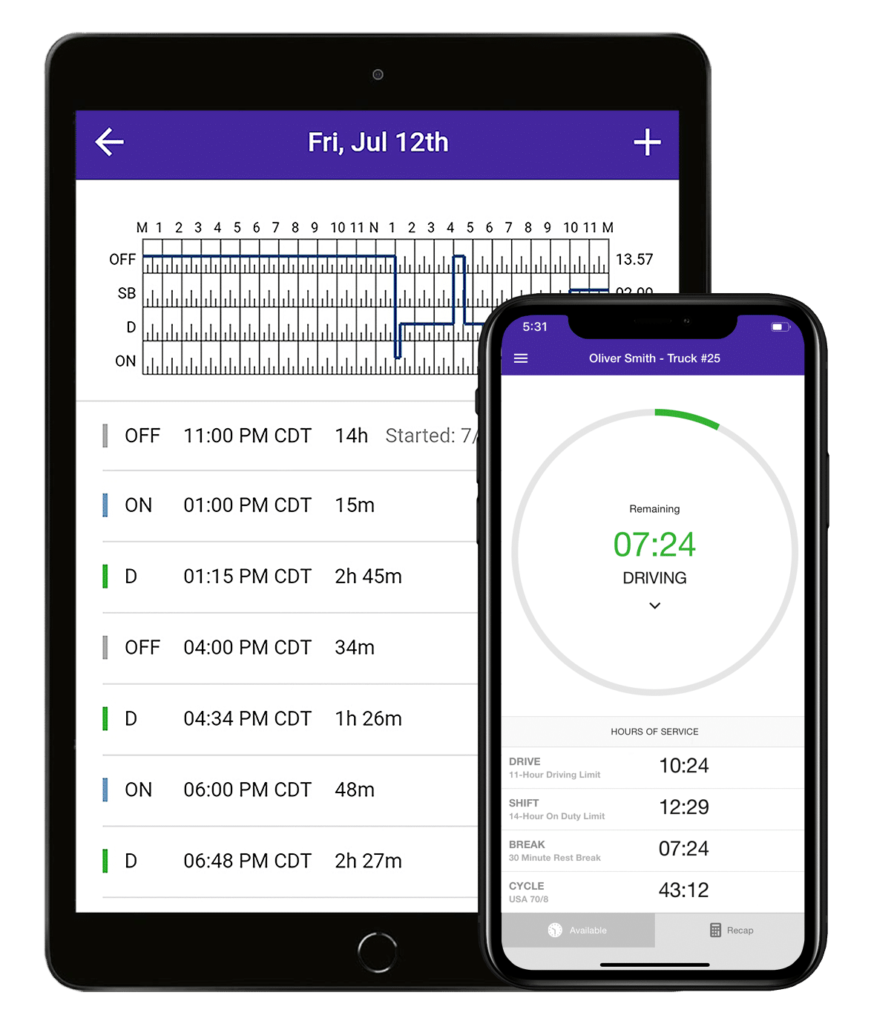Hours of service violations carry serious financial consequences for truckers. Individual fines can range from hundreds to thousands of dollars, but the real cost comes from out of service time, lost loads, and administrative expenses. Imagine the total cost of a violation considering missed revenue opportunities and operational disruptions. These consequences represent real challenges that can severely impact trucking operations.
The ELD mandate changed how truckers manage hours of service compliance. While the DOT sets the baseline requirements, states enforce them differently. Some states conduct aggressive roadside inspections focused on elog data, while others emphasize warnings before issuing citations. Understanding both federal requirements and state-level enforcement helps you stay compliant no matter where you drive.
Whether you’re an owner-operator with your first truck or managing a fleet, ELD compliance affects your bottom line. Done right, electronic logs can actually improve your efficiency and reduce paperwork. Done wrong, violations can put you out of business. This guide provides practical information to help you navigate DOT ELD requirements, avoid costly mistakes, and choose compliance solutions that work for real truckers.
Do you have any questions? Talk to ELD Advisor: 650-405-3372 or Request Callback
Who Must Use an ELD
The FMCSA ELD mandate applies to specific types of commercial vehicles and operations. Understanding these requirements helps you determine compliance needs and avoid unnecessary costs. The rules might seem complex at first, but they follow a clear pattern based on vehicle type, weight, and how you use your truck.
Vehicle Weight Requirements
Commercial vehicles with a Gross Vehicle Weight Rating over 10,000 pounds must use ELDs when operating in interstate commerce. This includes most box trucks, delivery vehicles, and over-the-road tractors. The requirement is based on your vehicle’s rated capacity, not its actual weight when loaded. A 15,000-pound GVWR truck needs an ELD even when running empty.
Interstate Commerce Definition
Interstate commerce extends beyond simply crossing state lines. It includes any commercial transportation that affects commerce between states. You’re in interstate commerce if you:
- Pick up freight that originated in another state.
- Deliver goods destined for another state.
- Work for a company involved in interstate business.
- Handle freight from rail terminals or ports.
Other Vehicle Categories
Passenger transportation adds another layer to ELD requirements. Commercial vehicles designed to transport more than 8 passengers, including the driver, must comply with ELD requirements when operating in interstate commerce. This affects charter bus operators, tour companies, and some shuttle services. The count includes all available seating positions regardless of actual passengers carried.
Vehicles transporting hazardous materials requiring placards must use ELDs when operating in interstate commerce, regardless of vehicle weight. A pickup truck carrying small quantities of placarded hazmat needs ELD compliance just like a heavy-duty truck. This rule protects public safety by ensuring drivers hauling dangerous goods maintain proper hours of service.
Cross-Border Operations
Trucks operating between the United States and Canada or Mexico must comply with ELD requirements when driving on US highways. This applies regardless of the driver’s nationality or where the vehicle is registered. US carriers crossing borders must maintain full ELD compliance throughout their routes.
Understanding ELD requirements helps you avoid compliance surprises and costly violations. When in doubt about your specific situation, it’s better to implement ELD compliance than risk enforcement action. The investment in proper electronic logging typically pays for itself through improved efficiency and reduced administrative burden.
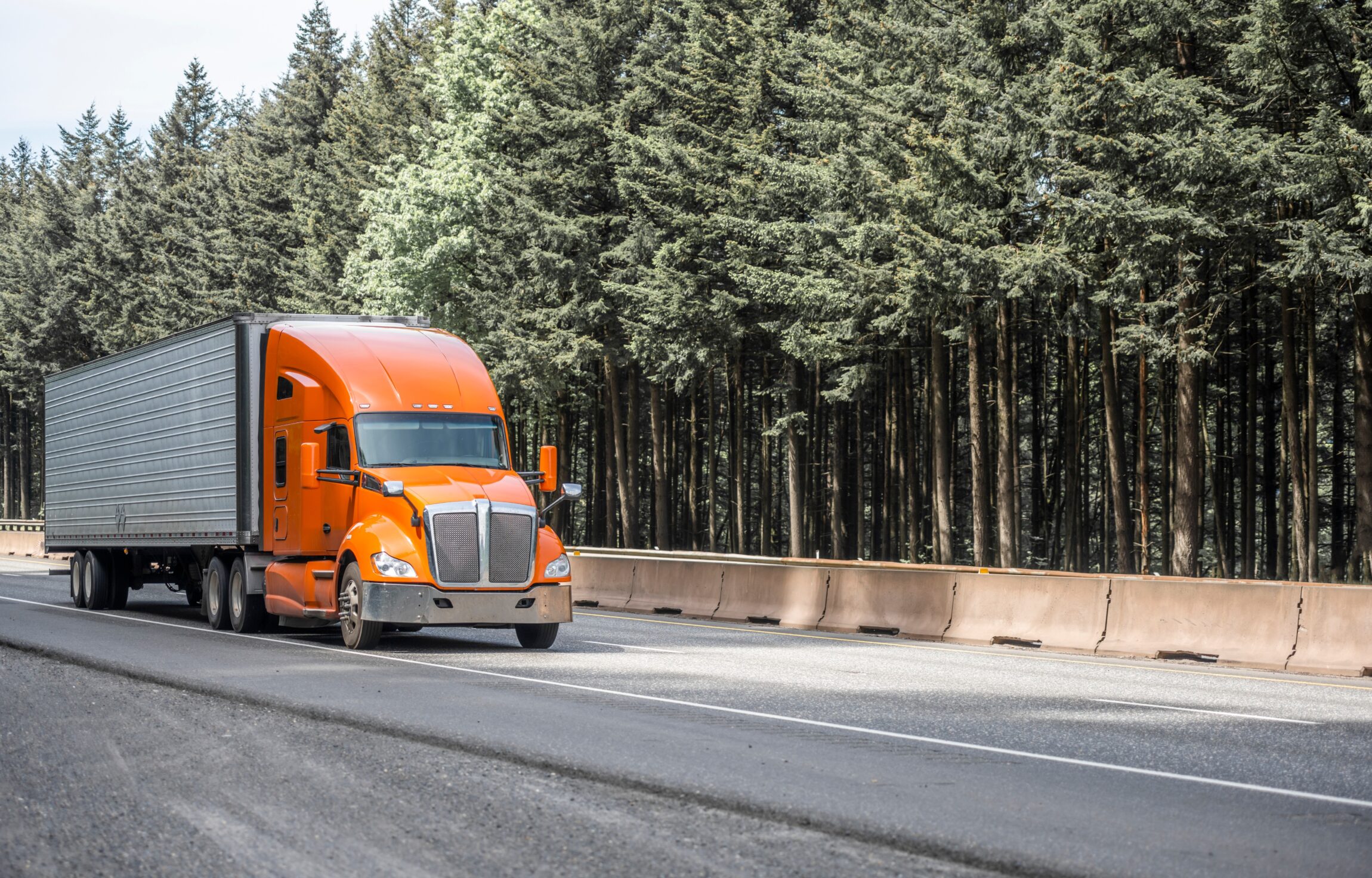
List of DOT ELD Exemptions
Some truckers don’t need ELDs if they qualify for specific exemptions. These exemptions can save you money, but you must meet all the requirements exactly. If you think you qualify, make sure you understand the rules completely.
Short-Haul Exemptions
The 100 air-mile exemption works if you stay within 100 air-miles of where you start work each day. You must return to the same place within 12 hours and can’t drive more than 11 hours. This works for local delivery drivers, construction crews, and service companies that work in the same area every day.
The 150 air-mile exemption is for drivers without a CDL who stay within 150 air-miles of their starting point. You must get back within 14 hours and can’t drive more than 11 hours. This gives you a bigger area to work in but still keeps you local.
8-Days-or-Less Rule
If you only keep logbooks for 8 days or less in any 30-day period, you can use paper logs instead of an ELD. This helps seasonal workers, part-time drivers, and people who only drive trucks occasionally. For example, if you’re a construction supervisor who only drives the company truck during certain jobs, you might qualify.
Pre-2000 Vehicle Exemption
Trucks built before 2000 don’t need ELDs because most don’t have the right computer connections. But this goes by engine year, not truck year. If someone put a newer engine in an old truck, you might still need an ELD. DOT officers might ask for extra paperwork to prove your engine is old enough.
Driveaway-Towaway Operations
If you’re delivering the vehicle you’re driving, you don’t need an ELD. This includes moving trucks, RVs, buses, and other vehicles from factories to dealers. The exemption only works when the truck or vehicle IS the cargo you’re hauling.
Agricultural Exemptions
Farm operations get exemptions during harvest time and when hauling farm products within 150 air-miles of where they were grown. This helps farmers who need flexibility during busy harvest seasons. But once farm products go into regular shipping, normal ELD rules apply.
State-Specific Variations
Some states have their own exemptions beyond federal rules. Texas has exemptions for oil field work within certain distances. Florida has special rules for farm operations. But these state exemptions only work if you stay in that state – they don’t help with interstate loads.
These exemptions can save you money if you qualify, but getting them wrong can mean violations during inspections. Keep good records to prove you qualify and make sure all your drivers know when the exemptions apply.
DOT Requirements for ELD and Device Standards
The FMCSA sets strict rules for what electronic logging devices must do to be legal. Understanding these rules helps you pick a device that works and keeps you out of trouble. Not all electronic logging devices are created equal, and using the wrong one is just as bad as having no device at all.
FMCSA Registration and Certification
Your electronic logbook must be on the FMCSA’s approved device list, which means it has been self-certified by the manufacturer. If it’s not on the list, it’s not legal, even if it works fine. The government updates this list regularly, so check that your device is still approved. Using a device that’s not on the list counts as a violation and carries the same penalties as having no ELD.
Many drivers have learned this the hard way when their “great deal” ELD turned out to be non-compliant. Always verify certification before buying, and recheck periodically since devices can be removed from the approved list if they fail to meet standards.
Automatic Recording Features
Your electronic logbook must start recording automatically when your truck moves faster than 5 mph for more than a mile. It should track:
- Driving time and duty status changes.
- Total miles driven.
- Vehicle location.
- Engine hours and power status.
This automatic recording prevents mistakes and makes sure everything gets recorded the same way every time. The system must work without driver intervention once it’s properly set up. If you have to manually enter driving time, your device isn’t compliant.
Data Transfer Capabilities
Your ELD needs to give DOT officers your logs in different ways. The FMCSA requires multiple transfer options to ensure officers can always access your data:
- USB transfer. The primary method officers use during roadside inspections.
- Bluetooth. Allows wireless transfer to phones or tablets.
- Web services. Lets fleet managers access logs remotely.
- Email. Backup method for sending historical data.
Each transfer method must work reliably. If your device can’t transfer data when requested, you’ll receive a violation even if your logs are perfect. Test all transfer methods regularly to avoid surprises during inspections.
Security and Tampering Prevention
Electronic logging systems must prevent tampering with recorded data. The system keeps track of:
- Anyone who tries to edit driving records.
- All login attempts and user changes.
- Any disconnection from the vehicle.
- Attempts to delete or modify data.
The device must also maintain data integrity during power loss. If someone disconnects the device or the truck battery dies, your driving data must remain intact. Good devices use backup batteries and secure storage to protect your records.
Malfunction Detection and Reporting
ELD systems must detect and report malfunctions including:
- Power failures.
- Connectivity problems.
- GPS signal loss.
- Data recording errors.
- Timing discrepancies.
When problems occur, the device must alert you immediately and record diagnostic codes. You then have specific responsibilities to maintain compliance while your device is malfunctioning.
Backup and Recovery Procedures
When your ELD breaks, you must follow FMCSA procedures to stay legal. You can operate with a malfunctioning ELD for up to 8 days while getting it repaired or replaced. During this time:
- Note the malfunction date and time.
- Keep paper logs for each day.
- Reconstruct the previous 7 days if requested.
- Document your repair efforts.
After 8 days, continuing to operate with a broken ELD becomes a violation. Fleet operators must have replacement procedures in place to meet this deadline.
Getting the technical requirements right protects you during inspections and ensures your investment in electronic logging technology pays off. Choose devices from established companies with strong technical support and proven reliability. The cheapest option often becomes more expensive when it fails during a critical inspection or leaves you stranded with compliance problems.
HOS247 ELD: Why Truckers Choose Our Electronic Logbook Solution
HOS247 built electronic logbook specifically for truckers who want something that works without headaches. We know you need reliable equipment that doesn’t break down when you’re trying to make a living.
- Easy-to-use interface. Our elog app screen is simple and clear. You can see your available hours right away without hunting through menus. Changing your duty status takes just two taps. The bigger buttons and clear display work even when you’re wearing gloves or dealing with sun glare. We designed it so you spend less time messing with the device and more time driving.
- Support that actually helps. When you call us, you talk to real people who understand trucking. Our support team speaks English, Spanish, Russian, and Polish, seven days a week. If your call gets dropped, we call you back — that’s our policy. No waiting on hold for hours or getting transferred to someone who doesn’t know trucks.
- Hardware you can count on. Our devices are built tough for truck life. They handle vibration, temperature changes, and the rough conditions you deal with every day. If your device breaks, our one-year warranty covers free replacement. The installation is simple — most drivers can do it themselves in under 10 minutes.
- No contract trap. We don’t lock you into long-term contracts because we want you to stay because our service is good, not because you’re stuck. You can choose month-to-month or annual plans based on what works for your business. If you’re not happy, you can leave without penalty fees.
- Try before you buy. Take our system for a two-week test drive with no risk. If it doesn’t work for you, send it back. No restocking fees, no questions asked. We’re confident you’ll like how simple and reliable our system is.
- Everything in one package. HOS247 gives you more than just a logbook. You get GPS tracking to see where your trucks are, automatic IFTA calculations for easier tax reporting, and electronic DVIRs that speed up your pre-trip inspections. Having everything in one system means less hassle and better value for your money.
Good ELD systems make your job easier, not harder. Our focus is on giving truckers tools that actually help them run their business better while staying compliant with DOT rules.
Cost of Non-Compliance: Why a Quality Electronic Logbook Protects Your Business
ELD violations can cost you more than just a fine. One issue can lead to bigger problems for your business. Knowing what’s at stake helps you make smarter choices about compliance.
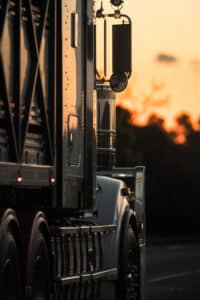
Fines and Penalties
FMCSA fines for ELD violations depend on the type of violation, the state, and whether it’s your first offense. But they can add up fast — especially if you’re hit with more than one violation during an inspection. Some states also add their own penalties on top of federal ones.
Downtime and Delays
If you’re placed out of service because of an ELD issue, your truck can’t move until it’s fixed. That can lead to:
- Missed deliveries.
- Lost income from canceled loads.
- Expensive emergency repairs or hotel stays.
- Frustrated customers or broken contracts.
Even one day off the road can hit your bottom line hard.
Long-Term Consequences
ELD violations show up on your CSA (Compliance, Safety, Accountability) score. This can cause:
- Higher insurance rates.
- Trouble getting loads from brokers or shippers who check safety records.
- More inspections or full DOT audits.
Stay Compliant and Avoid Trouble
The best way to protect your business is to use a reliable, FMCSA-registered ELD and make sure you and your drivers know how to use it. Think of it like insurance — a small cost now to avoid bigger problems later. A solid ELD system can pay for itself by helping you avoid just one serious violation.
State-by-State DOT Enforcement Differences
DOT enforcement isn’t the same everywhere you drive. Some states are tougher on ELD rules than others. Knowing where inspections are stricter helps you stay ready and avoid trouble.
States with the Strictest Enforcement
California is known for strict inspections, especially near major freight corridors and border crossings. Texas is also tough, particularly around busy highways and ports.
New York focuses heavily on ELD compliance during inspections, especially in New York City and along I-95. Pennsylvania and Ohio are strict too, especially at weigh stations and during inspection blitzes.
Rules for Local vs. Interstate Driving
Most states require ELDs for interstate drivers, but rules can differ for drivers who only work within one state. Some states don’t require ELDs for local drivers, while others apply the same rules to everyone. If you drive local routes, check your state’s rules so you don’t get caught off guard.
How Enforcement Varies by Region
The Southeast focuses more on traditional safety checks like brakes and lights, but ELD enforcement is growing there. Western states like Arizona and Nevada do thorough elog inspections on major truck routes. The Midwest varies — some states are strict, others more lenient.
States along the US–Mexico border watch ELD compliance closely because of high cross-border freight volumes. States with major interstate highways usually have inspectors who know what to look for.
Smart drivers know where enforcement is toughest and make sure their ELDs work perfectly before driving there. Being prepared helps you avoid delays and keep moving.
Roadside Inspection Survival Guide
Roadside inspections don’t have to be stressful if you know what officers want and how to give it to them quickly. Being prepared makes inspections go smoother and keeps you back on the road faster.
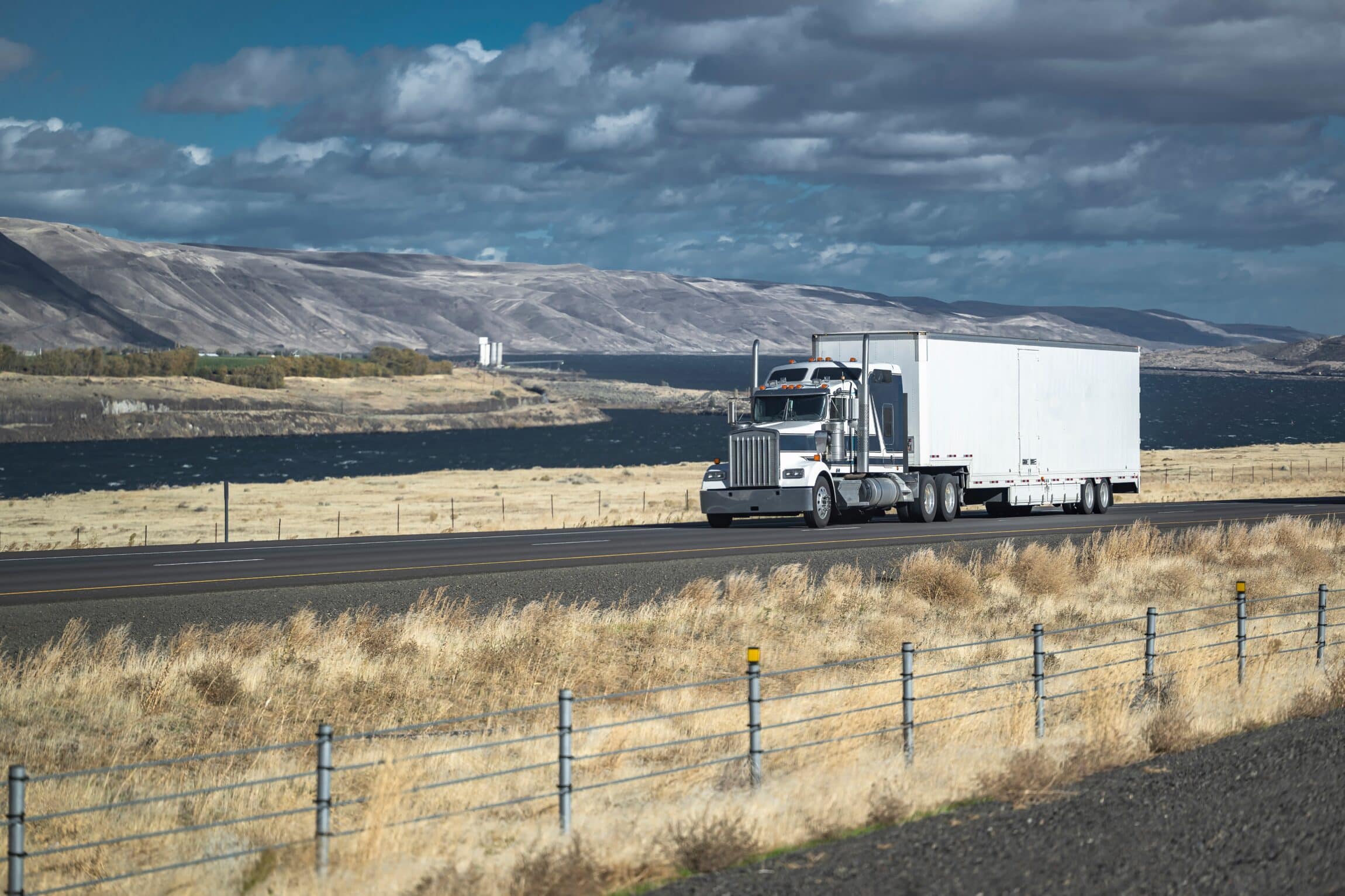
What Officers Look For
DOT officers want to see your current duty status, available hours, and recent driving history. They check if your ELD is FMCSA approved and working properly. Officers also look for unassigned driving time, which shows up as red flags in their inspection software. They want to see that your logbook matches your actual driving patterns.
Officers pay attention to your location data to make sure it matches where you’ve been. They also check for signs that someone has been tampering with the device or trying to hide driving time.
How to Present Data Efficiently
Preparation starts before the officer approaches your truck. Have your ELD powered on and showing your current status screen. Make sure the device is easily visible and the screen brightness is adjusted for conditions. Keep your data transfer cable within easy reach if your device uses USB transfer.
When the officer asks for your logs:
- Stay calm and professional.
- Inform them which transfer method works best with your device.
- Have your driver license and medical card ready.
- Keep registration and shipping papers organized.
- Let them know if you’ve had any recent ELD malfunctions.
Practice navigating your app’s menus before you need to. Officers appreciate drivers who can quickly show requested information without fumbling through screens. Know how to display previous days’ logs and how to initiate data transfers.
Common Inspection Failures
The biggest inspection failure is unassigned driving time. This happens when the truck moves but no driver is logged in. Officers see this immediately, and it’s hard to explain away. Other common failures include:
- Using a non-certified device.
- Inability to transfer data electronically.
- Missing or incorrect supporting documents.
- Logs that don’t match actual location history.
- Evidence of tampering or editing.
Many drivers fail inspections not because they’re trying to cheat, but because they don’t understand their ELD properly. Small mistakes like incorrect vehicle profiles or wrong time zones can create violations that look like deliberate falsification.
Your Rights During Data Requests
During legal inspections, officers can request your elog data and you must provide it. However, they can only access information related to hours of service compliance. Personal data or unrelated information on your device remains private.
You have the right to:
- Observe what data the officer reviews.
- Ask questions about the inspection process.
- Request clarification on any violations.
- Receive documentation of inspection results.
If your ELD malfunctions during an inspection, explain the situation calmly. Show any paper logs you’ve been keeping and documentation of repair attempts. Most officers understand equipment failures happen and will work with you if you’ve been following proper procedures.
Documentation to Keep in Your Truck
Beyond your ELD, keep these documents organized and accessible:
- Vehicle registration and insurance.
- Medical examiner’s certificate.
- Current bills of lading or shipping papers.
- ELD user manual and malfunction guide.
- Blank paper logs (at least 8 days worth).
- Records of any recent ELD repairs.
Having documents organized in a binder or folder shows professionalism and speeds up the inspection process. Officers notice when drivers are prepared and often complete these inspections more quickly.
Being prepared for inspections shows officers that you take compliance seriously. Professional drivers who have their paperwork ready and know how to use their ELD usually get through inspections quickly and without problems.
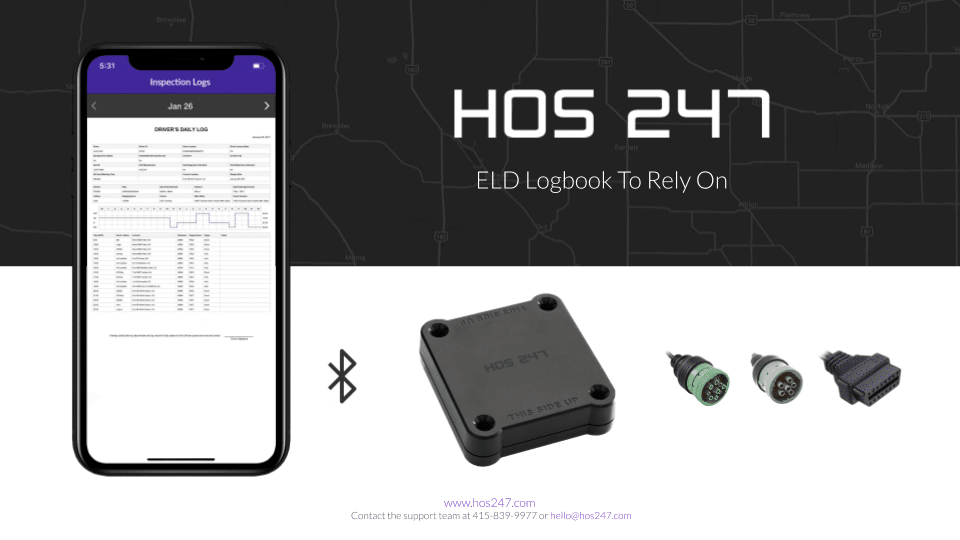
Troubleshooting Common DOT ELD Compliance Problems
Even good electronic logging systems can have problems, but knowing how to fix common issues quickly keeps you compliant and moving. Most problems have simple solutions if you know what to do.
Unassigned Driving Time Fixes
Unassigned driving time happens when your truck moves but no driver is logged into the system. This shows up as a red flag during inspections. Fix it immediately by logging into your app and assigning the driving time to yourself or your co-driver. Don’t wait until later because officers can spot unassigned time right away.
The best fix is prevention. Always log in before you start driving, even for short moves like pulling away from a fuel pump. If you forget to log in, assign the time as soon as you remember. Most electronic logbooks let you go back and assign recent driving time to the correct driver.
Device Malfunction Procedures
When your ELD stops working, you have specific steps to follow to stay legal. First, try basic fixes like restarting the device or checking connections. If that doesn’t work, note the time and date of the malfunction. You can drive for up to 24 hours with a broken ELD, but you must keep paper logs during this time.
After 24 hours, you must reconstruct your logs on paper for the current day and the previous seven days. Keep records of what you did to try to fix the device. Contact your provider immediately to get a replacement or repair.
Data Transfer Failures During Inspections
If your ELD won’t transfer data to the officer’s equipment, stay calm and try basic solutions first. Check your USB cable connections or restart the Bluetooth connection. If the transfer still fails, show the officer your logs on your screen. Most officers will accept this if the device is clearly working but just won’t transfer data. Document the problem and get it fixed as soon as possible after the inspection.
Driver Account Management Issues
Problems with driver accounts usually happen when multiple drivers use the same truck. Make sure each driver has their own login and knows how to switch accounts properly. When drivers change shifts, the outgoing driver should log off and the new driver should log in immediately.
Keep driver account information updated, especially phone numbers and addresses. If a driver leaves your company, disable their account right away to prevent confusion during inspections.
When to Use Paper Backup Logs
Use paper logs when your ELD malfunctions and you can’t fix it quickly. You can also use paper logs if your ELD isn’t certified or if you’re driving a truck that’s exempt from elog requirements. Make sure your paper logs are complete and match the same format as electronic logs.
Keep blank paper log sheets in your truck at all times. If you have to switch to paper logs, make sure they’re filled out correctly with all required information. Officers are especially strict about paper log accuracy because they’re easier to falsify than electronic logs.
Most ELD problems are simple to fix if you know what to do. When in doubt, contact your ELD provider’s support team for help. Good companies provide quick support to keep you compliant and moving.
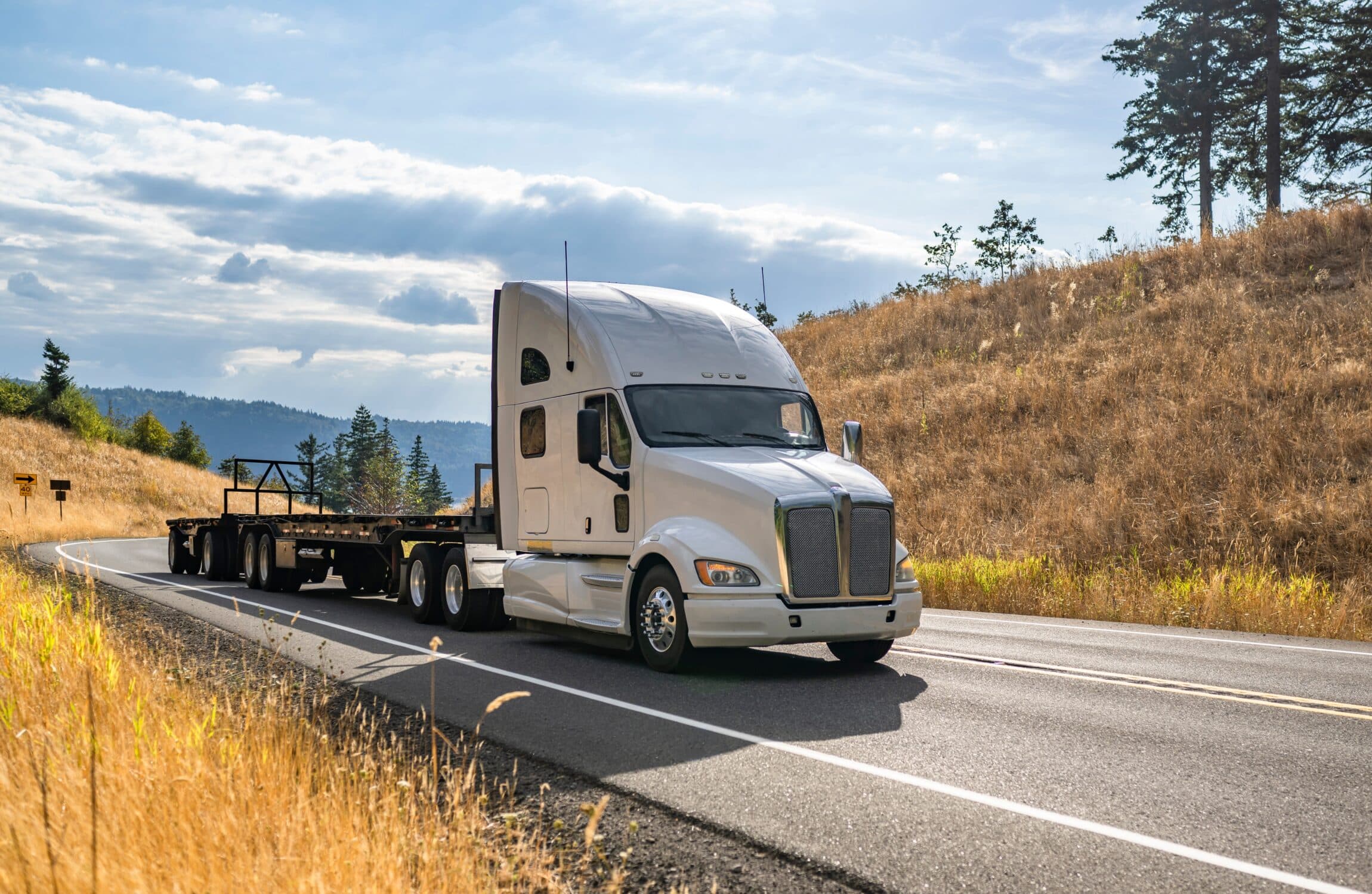
Conclusion
DOT ELD compliance isn’t a one-time setup, it’s an ongoing part of running a professional trucking operation. The regulations continue to evolve, enforcement gets stricter, and technology improves. Staying ahead of these changes protects your business and keeps you profitable.
Choosing the right compliance partner makes all the difference between compliance being a helpful tool or a constant headache. Look for providers who understand trucking, offer reliable support, and build devices that work in real-world conditions. The cheapest option usually costs more in the long run through poor reliability and weak support.
Your electronic logbook should make your job easier, not harder. It should automatically handle compliance tasks so you can focus on driving safely and serving your customers. Good systems integrate with other business tools like GPS tracking and fuel reporting to give you a complete fleet management solution.
Take action now to ensure your compliance is solid. If you’re using an older system or having problems with your current logbook, don’t wait for a roadside inspection to discover issues. Test your system regularly, keep your drivers trained, and maintain good relationships with your ELD support team.
Ready to experience what a truly reliable ELD system can do for your operation? Try HOS247 risk-free for two weeks and see how simple compliance can be. Our team is standing by to help you get set up and running smoothly. Contact us today to start your trial and take the worry out of DOT compliance.
Note: The information presented in this article is for educational purposes only and should not be considered legal advice. Consult current FMCSA regulations and your legal advisor for specific compliance requirements.

I’ve co-founded, built and managed several transportation-related businesses. Now, I’m a founder and CEO of HOS247 – an AI Transportation Platform for trucking companies, freight brokers and other logistics operations. We are transitioning old-style operations to technology-advanced logistics entities and help them to grow their businesses. ELDs (electronic logging devices), fleet tracking and management 2.0 combined with AI-powered dispatch tools.











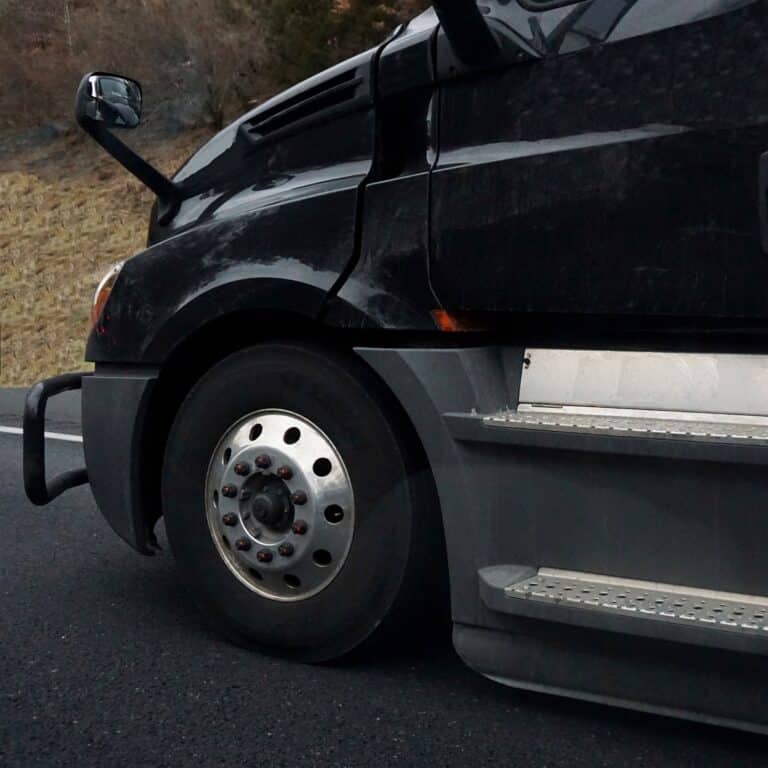
The best electronic logging devices do more than tracking hours of service—they must be backed up with prime customer support and have additional features to help carriers increase profitability. With the number of registered ELDs on the market, it is
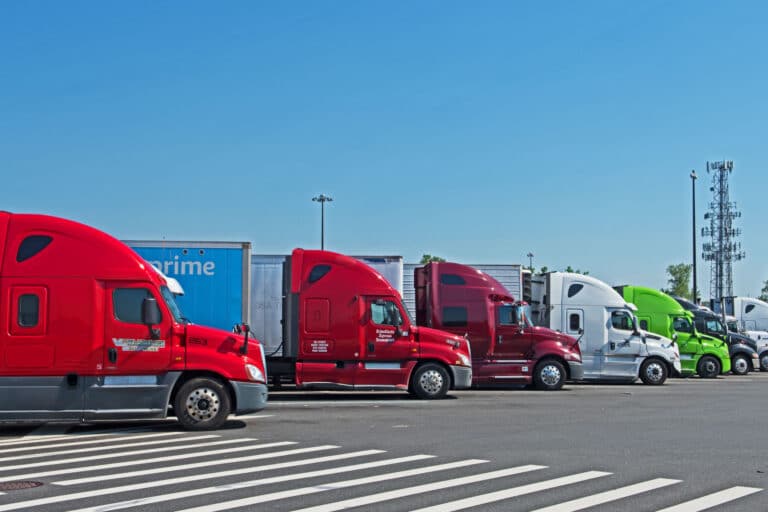
The ELD mandate, published in 2015 and enforced starting in December 2017, significantly changed how truckers deal with commercial driver log book regulations. Paper logs were replaced by electronic logging devices to record driving activity more accurately by synchronizing directly

Understanding hours of service isn’t just about staying compliant, it’s about maximizing your earning potential while keeping yourself safe out there. Every mile you drive, every load you haul, and every paycheck you earn comes down to how well you
